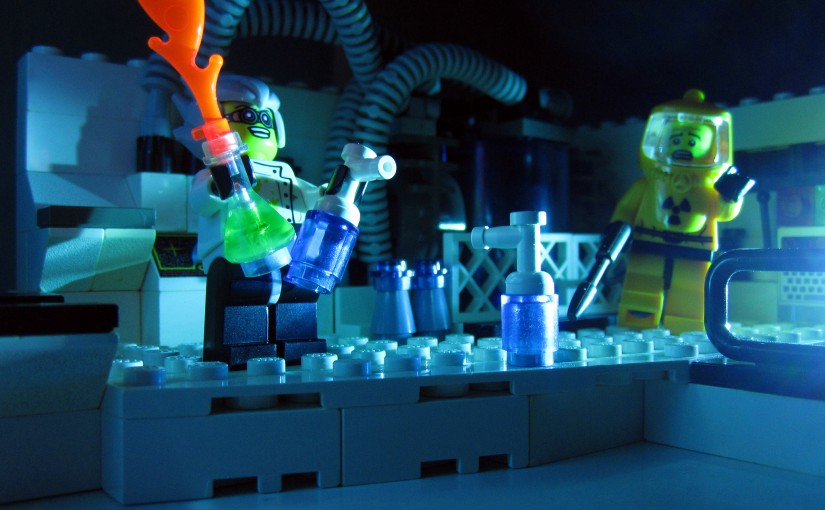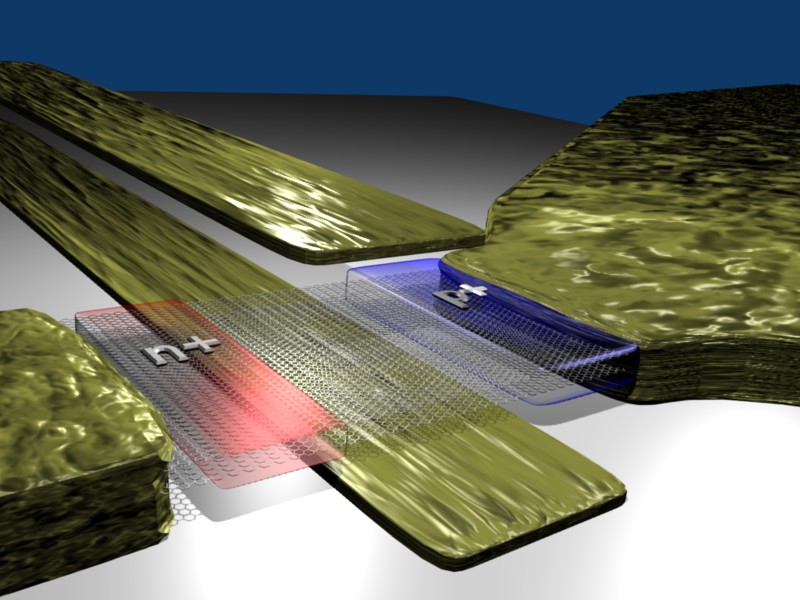This week we have released the new version of NanoTCAD-ViDES.
NanoTCAD ViDES it is a software package for the simulation of nanoscale electron devices and materials on an atomistic basis, using non-equilibrium Green’s functions formalism for the solution of the Schroedinger equation with open boundary conditions, and full three-dimensional electrostatics.
It is a major new release! My colleague and lead developer Gianluca Fiori put in incredible energy to make available to the computational electronics community a versatile and powerful simulation tool. Yes, because NanoTCAD-ViDES is released as open source with BSD license.
We have also launched a dedicated website: vides.nanotcad.com, where one can find the source code and full documentation, lots of detailed tutorials, how to work with us to improve the code, a list of papers based on ViDES.
This release of NanoTCAD ViDES is a python module, so that we can leverage the whole flexibility of the most science-friendly scripting language. The new structure is extremely modular and makes it very easy to add new modules for additional materials, functionality, and physics.
As of now, we have released the code with a set of predefined functions, to compute transport in graphene nanoribbons, carbon nanotubes, two-dimensional mono-layer and bilayer graphene transistors. Basically it is the set of devices and structures for which we have used the code up to now. Most of them are illustrated in the beautiful figures above.
We wil be adding new modules as we develop them and use them in our research.
A module for zincblend crystals, such as silicon, germanium, and III-V, is coming soon, based on a sp3d5s* tight-binding Hamiltonian. In the next future also modules for hexagonal boron-carbon-nitride compounds will be released.
As you can see, I am really enthusiastic of this new development, and I really can’t wait to see how ViDES continues and grows.
We started the adventure in nanoelectronics TCAD several years ago with the NanoTCAD project, funded by the European Commission in 1999, which really meant a lot to me and to my career as a scientist (a non-expert news article here). After few almost complete rewritings, thanks to Gianluca’s technical leadership, the code is ready for a new phase, with a much larger base of users and contributors.
With Gianluca, I’d love to thank also the other scientists that have contributed to the code: Alessandro Betti, Paolo Marconcini, and Pino D’Amico. I hope this list becomes very long.
If you are a scientist working on computational nanoelectronics, just consider the opportunity. You can leverage the great capabilities of NanoTCAD ViDES by contributing to the code. You can focus your effort only on the new module that is of interest to you, and use the perfectly validated and tested 3D electrostatics and NEGF module. I would call this maximum leverage. The BSD license ensures you full ownership of what you write. If you think you can take advantage of collaborating with us on this, just drop us a line. We have wonderful experiences of remote and very fruitful collaboration: the Internet works!
As a finishing word, if you want to work with us in Pisa on computational nanoelectronics and on extending NanoTCAD ViDES, contact me. If you have a strong background on device electronics or condensed matter physics, and really know how to program (this link if you understand Italian), we can have positions available in Pisa, from few months to few years. Even if you are a MS student looking for a thesis subject or a summer job, just drop me a line. But be prepared for a tough interview!
P.S.
If you are interested, signup here to our newsletter dedicated to NanoTCAD ViDES, with release updates and news on research results.






